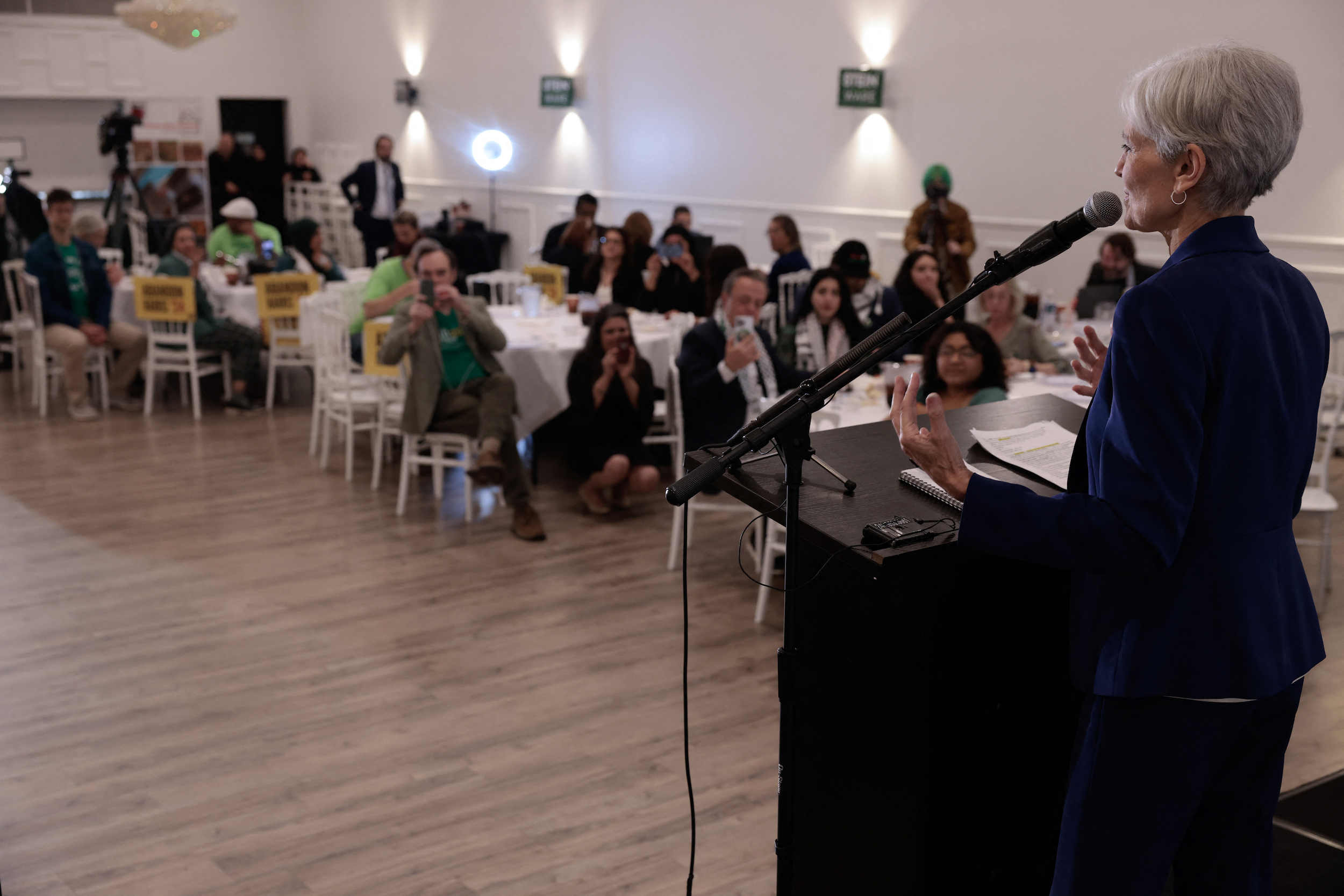Voters Deserve Choices: The Growing Impact of Third-Party Candidates
The two-party system dominates the American political landscape, but a quiet revolution is brewing. Third-party candidates, often dismissed as spoilers, are increasingly impacting elections and forcing a crucial conversation about voter choice and political representation. This article explores the rising influence of third-party movements and their significance in shaping the future of American politics.
Why Third-Party Candidates Matter
For too long, many voters have felt disenfranchised, squeezed between two dominant parties that often seem to represent the same narrow interests. This feeling of political stagnation fuels the rise of third-party movements, offering voters a genuine alternative and a powerful voice outside the established duopoly.
Beyond the Spoiler Myth
The common narrative paints third-party candidates as mere "spoilers," drawing votes away from major party candidates and influencing the outcome of elections. While this can be true in certain scenarios, it ignores the larger impact these candidates have:
- Shaping the Political Discourse: Third-party candidates often introduce fresh perspectives and policy proposals that force major parties to address important issues previously neglected. Think of the Green Party's consistent push for environmental protection, influencing the platforms of both Democrats and Republicans.
- Expanding Voter Engagement: By offering a real alternative, third-party candidates can energize voters who feel disillusioned with the established system, leading to higher voter turnout and increased civic engagement.
- Representing Underserved Voices: Many third-party candidates focus on issues and demographics often overlooked by mainstream parties. This representation is crucial for building a truly inclusive and representative democracy.
- Holding Major Parties Accountable: The presence of strong third-party campaigns can push the major parties to adopt more moderate or progressive stances to appeal to a wider range of voters.
Recent Examples of Third-Party Influence
Several recent elections showcase the growing influence of third-party candidates:
- The 2016 Presidential Election: While not winning, Jill Stein of the Green Party and Gary Johnson of the Libertarian Party garnered millions of votes, highlighting the significant number of voters seeking alternatives to the two major candidates. This election underscored the potential impact of third parties, even without securing victory.
- Local and State Elections: Third-party candidates often find more success at the local and state levels, influencing policy and demonstrating the viability of alternative political approaches. Many successful local initiatives and policies have roots in third-party advocacy.
- Shifting Public Opinion: Even without winning elections, the consistent presence and messaging of third-party candidates contribute to shifting public opinion on important issues, paving the way for future political change.
The Challenges Faced by Third-Party Candidates
Despite their growing impact, third-party candidates face significant challenges:
- Campaign Finance: Securing funding is a major hurdle. Third-party candidates often lack the extensive fundraising networks and access to large sums of money that major party candidates enjoy.
- Media Coverage: Media attention is often skewed toward the two major parties, limiting the visibility and exposure of third-party candidates.
- Ballot Access: The rules and regulations surrounding ballot access vary significantly across states and can be extremely difficult for third-party candidates to navigate.
The Future of Third-Party Politics
The increasing dissatisfaction with the two-party system suggests a brighter future for third-party candidates. As more voters seek authentic representation and meaningful political choices, the impact of these candidates is only likely to increase. This requires continued efforts to address the challenges they face, including campaign finance reform and improved ballot access laws.
Conclusion: A Stronger Democracy Through Choice
Ultimately, a thriving democracy demands choice. The rise of third-party candidates is a testament to voters' desire for genuine alternatives and a more inclusive political system. While challenges remain, their growing influence is undeniable and crucial for a healthier, more representative democracy. By understanding their impact and supporting efforts to overcome the obstacles they face, we can strengthen our democracy and ensure that all voters have a real voice.
Call to Action: Learn more about third-party candidates in your area and consider supporting their campaigns or advocating for election reform that promotes fairer representation. Your voice matters!
